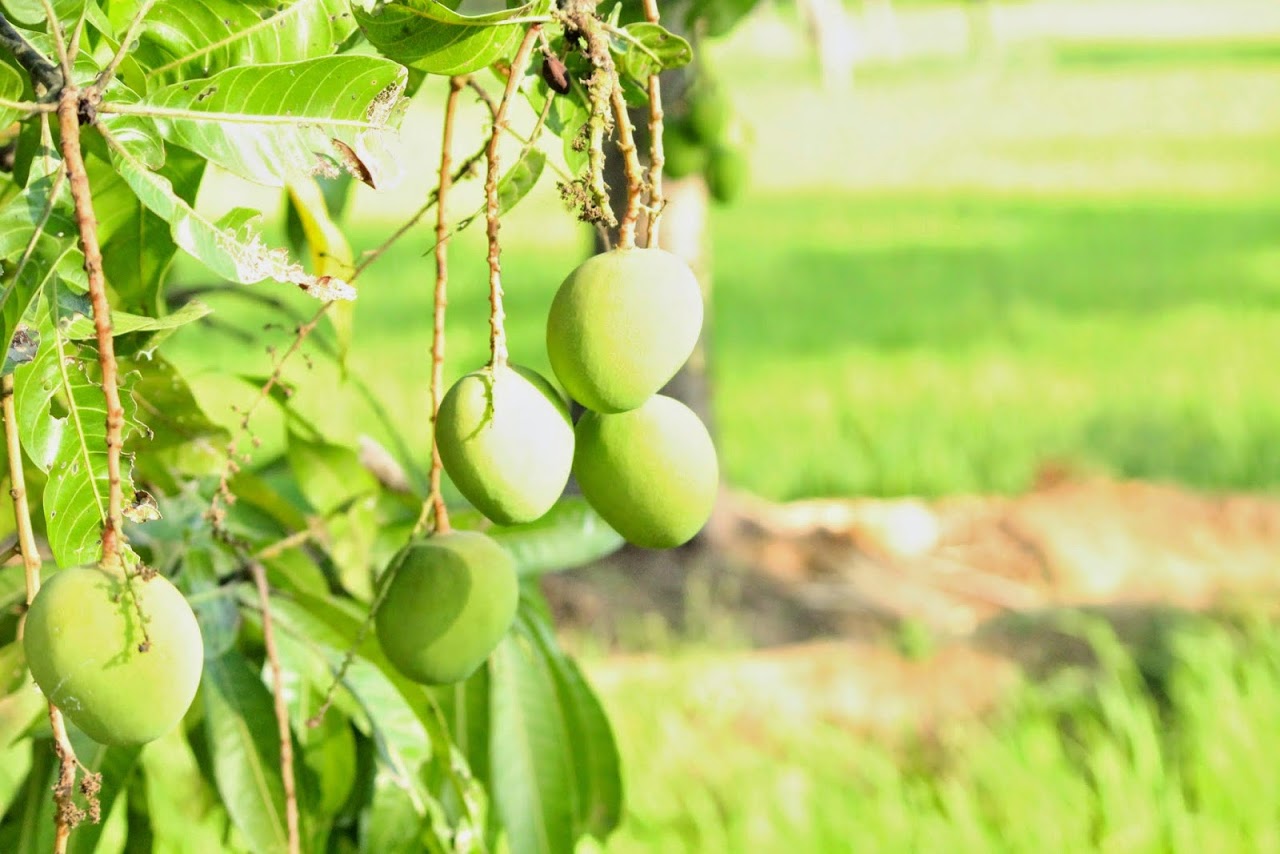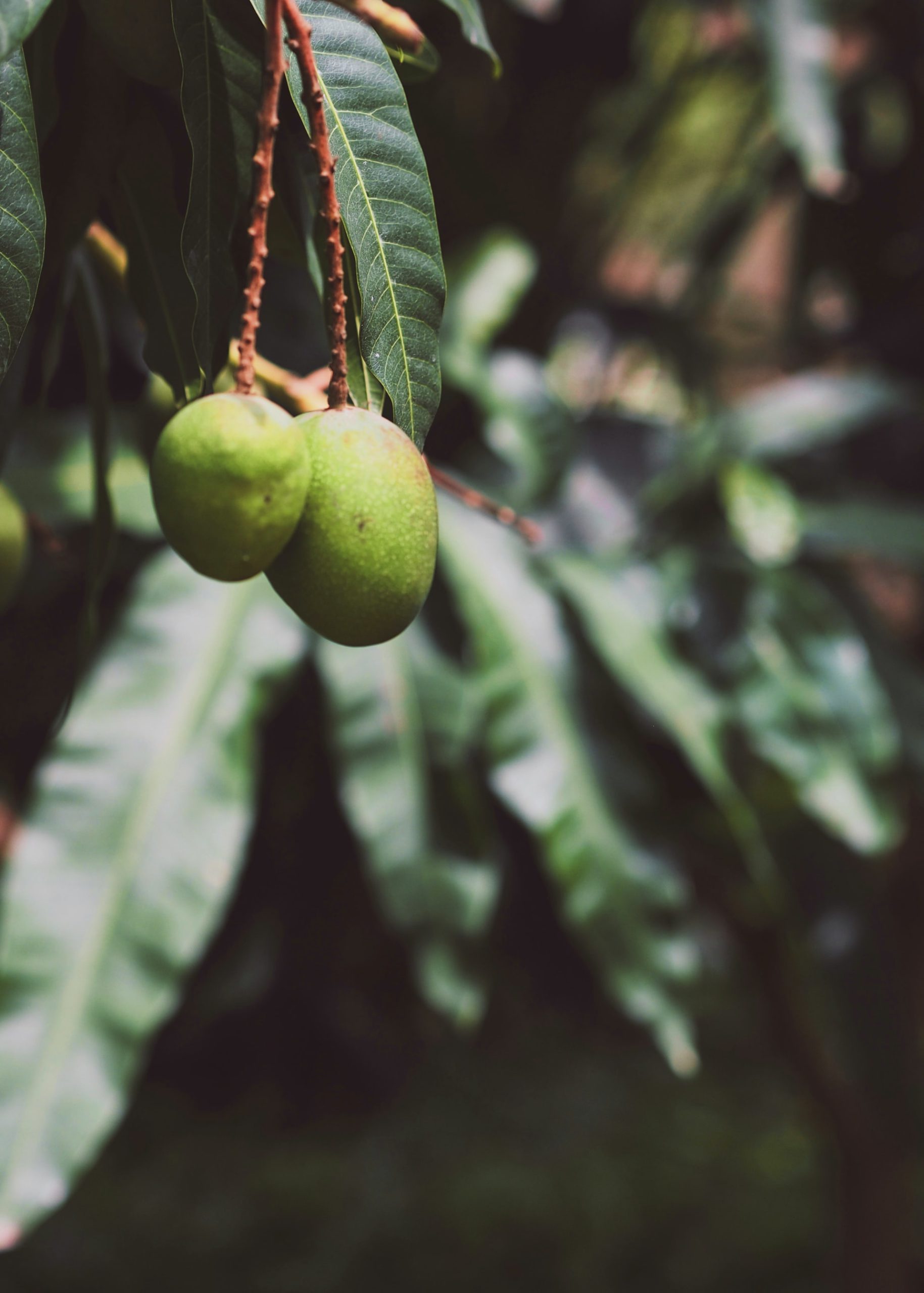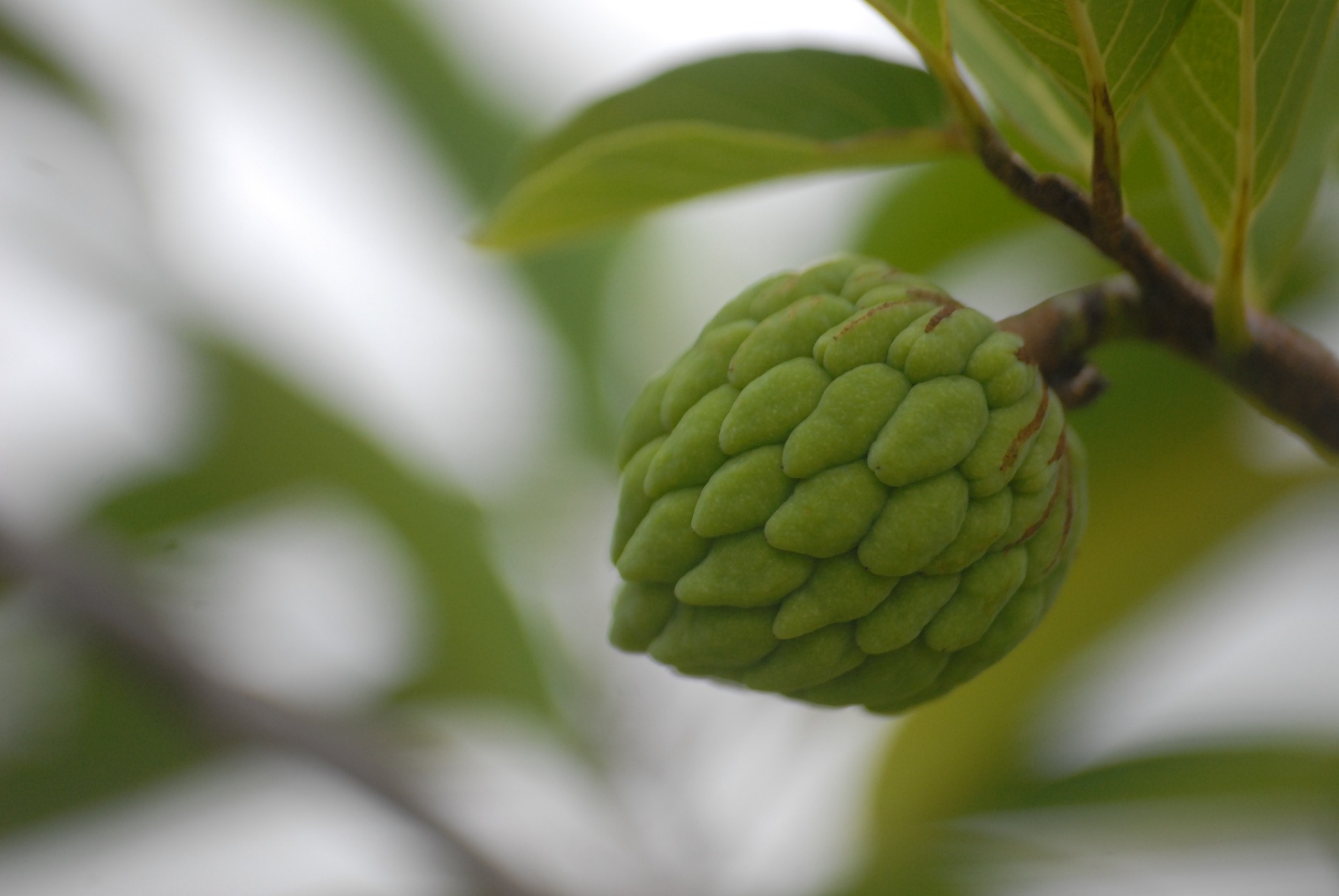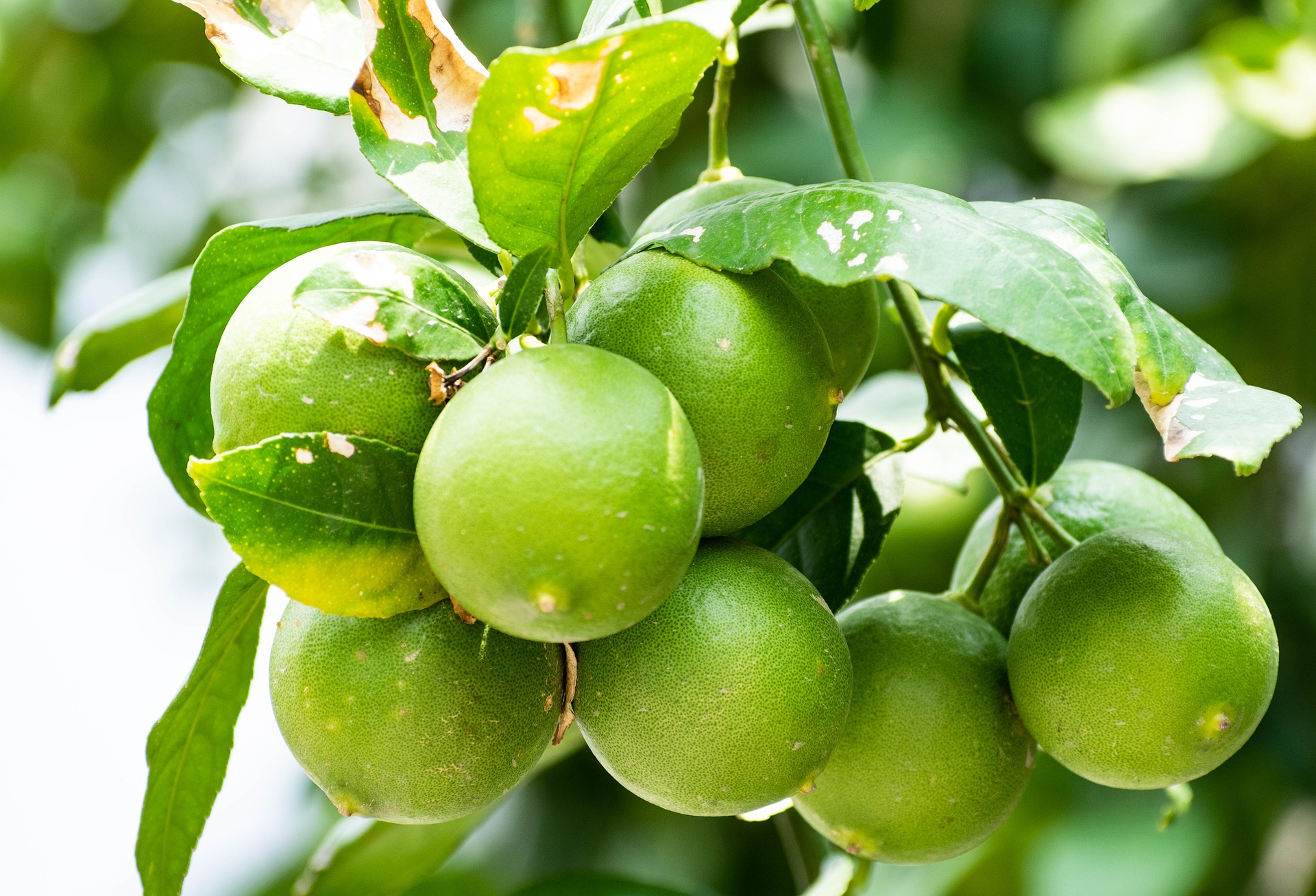Your cart is currently empty!
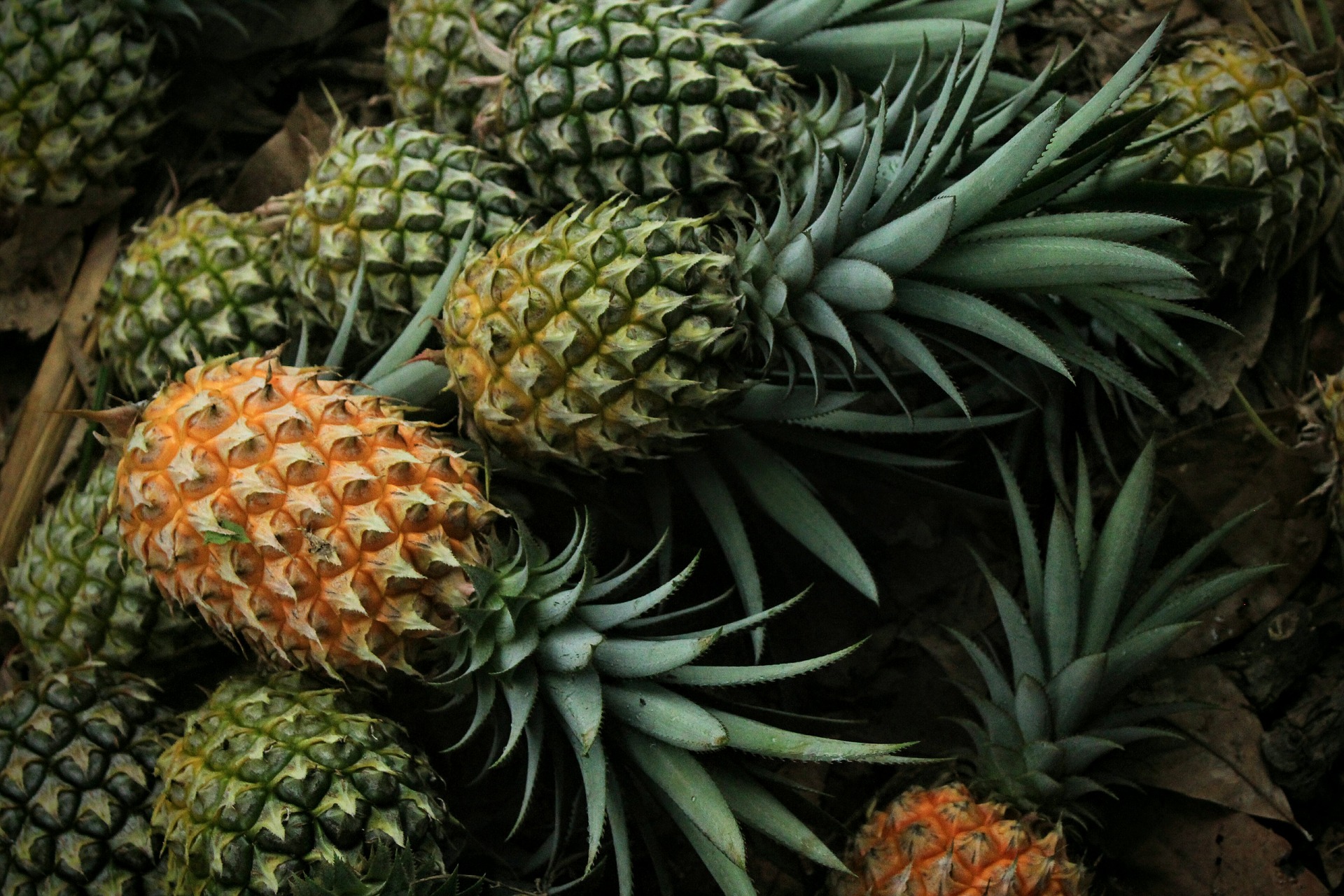
Pineapple farming – Profits, Cost, Yield & Income Per Acre
India is the 5th largest producer of Pineapple with over 1.2 million tonnes of production per year. Compared to the world production of more than 14 million tonnes, its a very small amount, but enough to meet local demands. Export of Pineapple is limited but has increased from 140 Tonnes to nearly 900 tonnes from 2000-2002. Pineapple is cultivated in West Bengal, Assam, Bihar, Nagaland, Tripura, Meghalaya, Karnataka and Kerala. West Bengal Leads in the production of Pineapple at 322,000 Metric tonnes with Assam leading in the area of production at 14,000 Hectares of pineapple production.
In India, Pineapple is mostly consumed fresh. Less than 10% of all the produce is packed and processed.On the contrary, most other countries consume less of fresh pineapples and most of the produce is canned and processed. 90% of all produce in other countries cultivating pineapple have processing units which produce Jams, Canned pineapples etc. India lacks processing units and the ability to store and preserve the produce is limited.
Pineapple has a short shelf life of 4-5 days from maturity. Transporting the fruit to the destination in the shortest period of time is important for both traders and farmers. Since there are no processing units in all states and districts, with Indian consumers preferring fresh fruit to the canned counterpart, its important to ensure that the fruit reaches the market as soon as it is picked.
The price for pineapples range from 18-40 rupees per kilo. While most consumers are not aware of the variety of the fruit, the traders prefer medium sized fruits to large ones.
Cultivation of Pineapple
A few facts to know before you start cultivating pineapples.
- Pineapple is a Tropical fruit native to southern brazil
- Pineapple is usually a rainfed crop, but can be grown with irrigation
- Pineapple prefers moderate temperature between 20 and 30 degrees
- A soil ph of 5 and 6 with sandy loam soil with good drainage is preferred
- Planting is done on the onset of monsoon in india
- High density planting at the rate of 25,668 Plants per acre is recommended for high yield
- Plant spacing and density varies depending on the variety of pineapple and also the required quality
- High density planting will yield lower sized fruits
- Insects, pests and disease are minimal and can be controlled.
- Pineapples once harvested can be stored for 10-12 days with the crown without damage.
While cultivation of pineapple is possible in a lot of areas in India, It’s not a popular crop among farmers all over india. Specific regions are focussed on Pineapple farming and most farmers in Kerala have pineapple as an intercrop with other crops.
Intercropping is common among Rubber cultivation, Coconut and rarely mangoes.
Planting Pineapple
Pineapples are planted from crown, Slips and suckers. Suckers are the most common planting medium when it comes to pineapple. Suckers are available from existing pineapple cultivators and sometimes from authorized government bodies, where available.
There are 3 varieties which are common in india. The Kew, Queen and Mauritius varieties are the most commonly used varieties in india. The Mauritius variety gives one main crop with 4 ratoon crops and the Kew & Queen varieties give you one main crop and 2 ratoon crops.
The profitability of pineapple plantation depends on the spacing between your plants, the area of cultivation, availability of water and soil conditions. High density cropping is recommended for pineapple for various reasons. Ease of caring for the plant, Better shade for fruits due to high density results in better fruit quality and more fruit. Unfortunately high density cropping results in smaller fruits. While well spaced plantations do have the advantage of bigger fruits, it comes with lower yield and more maintenance to improve quality of the fruit itself.
Pineapple farming area in india
West Bengal is the largest producer of pineapples in india. Other states which are Major producers of Pineapple include Assam, Bihar, Nagaland, Meghalaya, Tripura, Karnataka, Manipur and Kerala. 90% of all production of Pineapples come from these states.
Other states which show a lot of interest in Pineapple cultivation include, Uttar pradesh, Maharashtra, Andhra pradesh, Himachal pradesh, Tamil Nadu, Gujarat, Haryana, Odisha, Madhya Pradesh (MP), Rajasthan & Uttarakhand. Some of the areas in these states are selectively suitable for pineapple cultivation but possibility of high quantity to compete with states like west bengal or even kerala (which produces less than 10% of the total indian produce) is not possible due to unsuitable climatic conditions in these states.
Certain areas like Konkan do have a possibility and possibility of growing pineapples as a sole crops is possible with support from the government
In south India, Andhra pradesh (parts of it)& Tamil Nadu has a high potential for pineapple cultivation.
Reference : http://nhb.gov.in/report_files/pineapple/PINEAPPLE.htm
Profitability in areas where Pineapples are not cultivated commercially is difficult to analyze. The analysis is based on already existing cultivations and in areas where cultivation exists commercially.
Time Of planting Pineapples.
Pineapples are planted 12-15 months prior to flowering season. In kerala, the flowering happens from January – March. The planting is done in April – June , Just during the onset of monsoon. Planting pineapples varies from area to area. The planting in northern India is between June and July. Assam, Mizoram and the eastern part of India plant pineapples during October, November.
The time for planting does not have an influence on the crop, but the flowering happens only during a specific period of time and only when the plants are mature enough for flowering.
Early planting or late planting will also affect flowering evenly. Uneven flowering results in longer harvesting seasons and its more spread out. This adds up to the cost of harvest and also other factors like transportation which comes along with it.
Flower induction in Pineapple and its effect on Profit
The second most important factor (after planting density) which affects profit in Pineapple farmers is the season of flowering and the consistency or uniformity in flowering during the season. While traditionally, flowering was not induced and left to nature, commercial cultivation of pineapple relies on inducing flowers uniformly at a desired time.
Farmers use Ethrel and 0.04% calcium carbonate with 2% urea to induce flowers. Flowering starts from the 40th day of application and completes in one month from application date. Application of Ethrel can be phased depending on when the farmers want to harvest.
Without ethrel application flowering will be scattered over a period of time with no univormity in flowering and fruiting. This will require a harvesting period over months with little returns on a daily basis. Costs for harvesting and transportation will in return reduce profit.
Pineapple Farming Cost analysis and profit For One acre land with Low density (10,000 Plants)
| Year 1 | Year 2 | Year 3 | |
| Land Preparation | 20000 | ||
| Manuring | 7500 | 7500 | 7500 |
| Weeding | 20000 | 15000 | 15000 |
| Ethrel Application | 5000 | 5000 | 5000 |
| Mulching | 2500 | 3000 | 3000 |
| Harvesting | 6000 | 8000 | 8000 |
| Planting Material | 40000 | ||
| Organic Manure | 10000 | 10000 | 10000 |
| Fertilizers | 15000 | 15000 | 15000 |
| Insecticides | 2000 | 2000 | 2000 |
| Irrigation | 80000 | ||
| Miscellaneous | 5000 | 5000 | 5000 |
| Total | 213000 | 70500 | 70500 |
The expected yield in this density of plantation is approximately 25 Tonnes
Pineapple Farming Cost analysis and profit For One acre land with medium density 16000 Plants
| Year 1 | Year 2 | Year 3 | |
| Land Preparation | 20000 | ||
| Manuring | 7500 | 7500 | 7500 |
| Weeding | 20000 | 15000 | 15000 |
| Ethrel Application | 5000 | 5000 | 5000 |
| Mulching | 2500 | 3000 | 3000 |
| Harvesting | 6000 | 8000 | 8000 |
| Planting Material | 64000 | ||
| Organic Manure | 15000 | 15000 | 15000 |
| Fertilizers | 15000 | 15000 | 15000 |
| Insecticides | 2000 | 2000 | 2000 |
| Irrigation | 80000 | ||
| Miscellaneous | 5000 | 5000 | 5000 |
| Total | 242000 | 75500 | 75500 |
The expected yield in this density of plantation is approximately 40 Tonnes
Pineapple Farming Cost analysis and profit For One acre land with High density ( 20,000 Plants)
| Year 1 | Year 2 | Year 3 | |
| Land Preparation | 20000 | ||
| Manuring | 10000 | 10000 | 10000 |
| Weeding | 20000 | 15000 | 15000 |
| Ethrel Application | 15000 | 15000 | 15000 |
| Mulching | 2500 | 3000 | 3000 |
| Harvesting | 10000 | 12000 | 14000 |
| Planting Material | 80000 | ||
| Organic Manure | 20000 | 10000 | 10000 |
| Fertilizers | 30000 | 15000 | 15000 |
| Insecticides | 4000 | 2000 | 2000 |
| Irrigation | 80000 | ||
| Miscellaneous | 5000 | 5000 | 5000 |
| Total | 29650 | 87000 | 89000 |
The expected yield in this density of plantation is approximately 50 Tonnes
The three scenarios above indicate the Yield per acre and the expenses involved. Considering the mean rate of pineapple to be at Rs.20 Per kilo the below is the expected turnover Year after year.
| Year 1 | Year 2 | Year 3 | |
| Yield | 25 Tonne | 20 Tonne | 15 Tonne |
| Expense | 213000 | 70500 | 70500 |
| Total Revenue | 500000 | 400000 | 300000 |
| Profit | 287000 | 329000 | 229500 |
Recent Categories
Recent Posts
Post Archive
Category Tags
There’s no content to show here yet.

